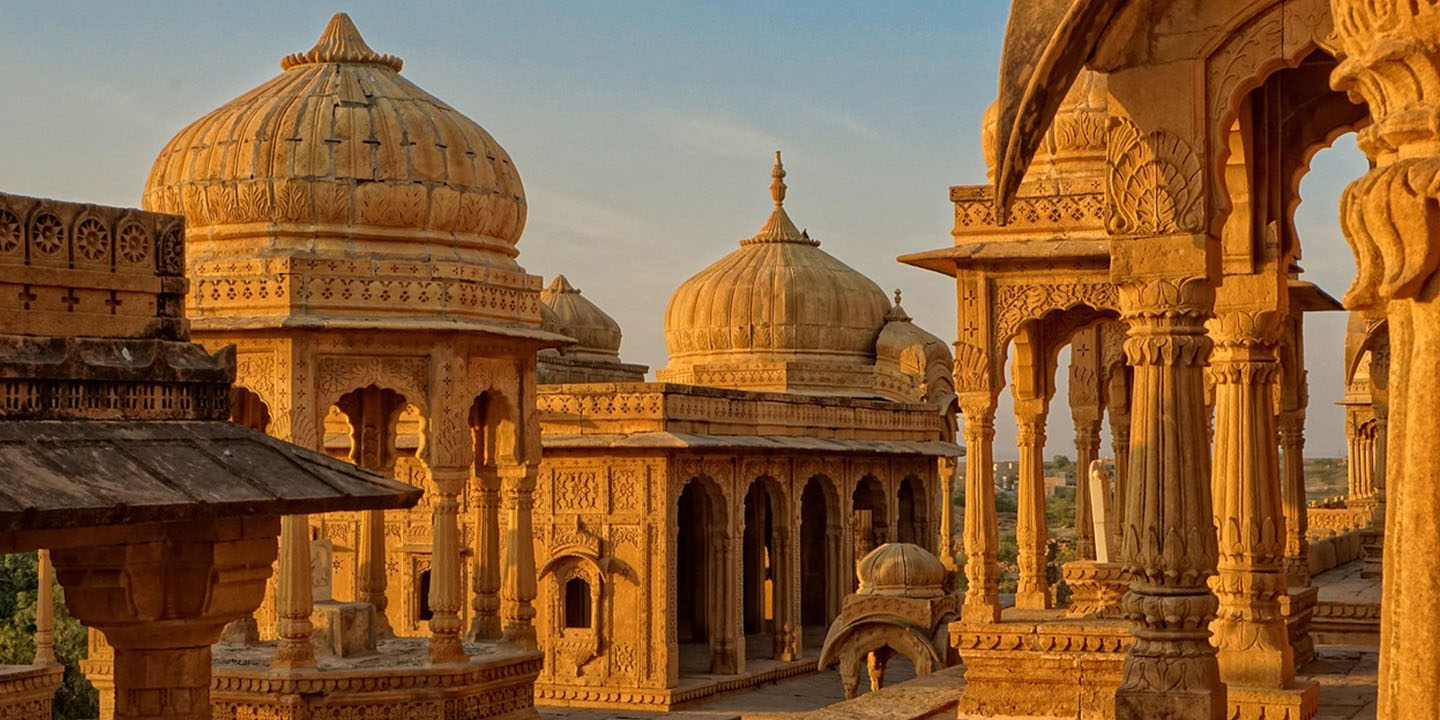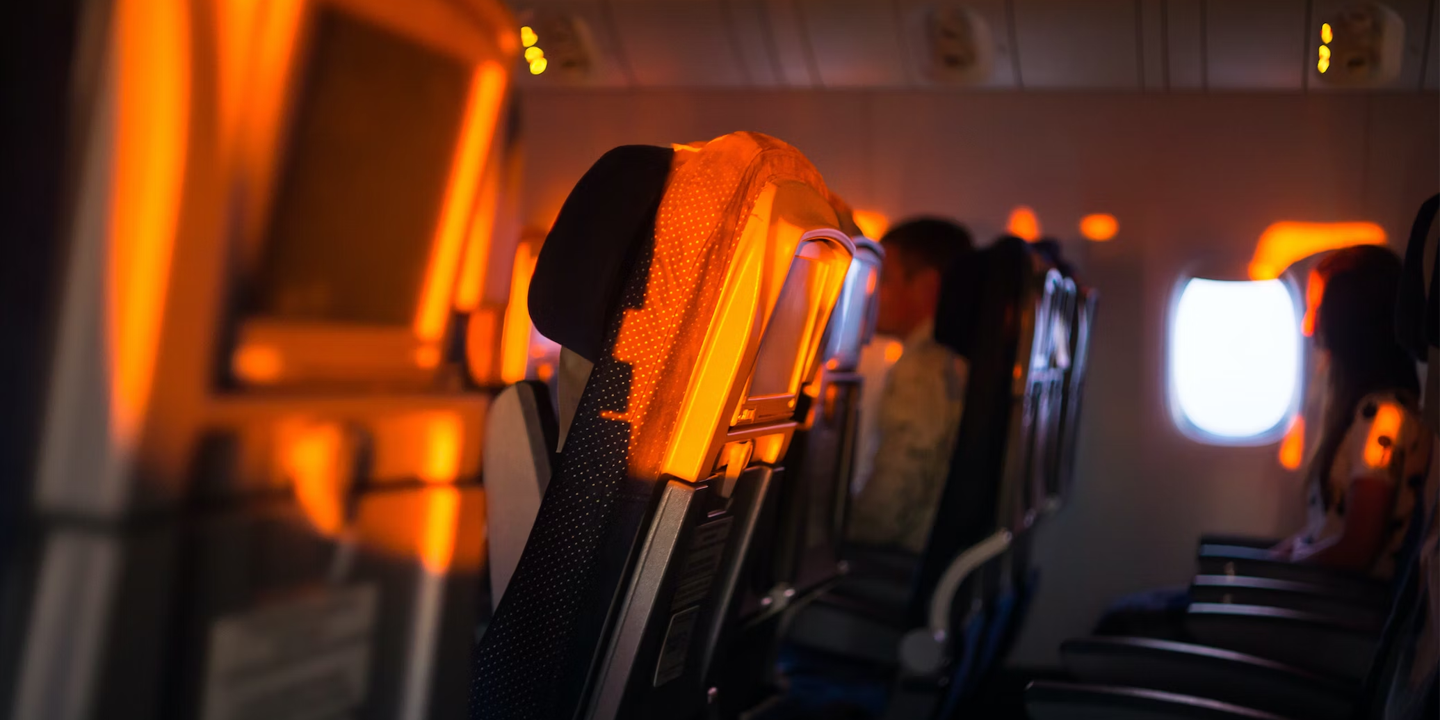How Do You Like Them Apples?
City life has its own rhythm. Some beats are fast, some are frantic, and a few are full-blown stampedes. While New York feels like an unending sprint, other cities make it seem like a warm-up jog. If you think you've seen the busiest streets, this list might prove you wrong. Here are 20 cities from around the world that are even more bustling than New York City.
1. Tokyo
Rush hour in Tokyo resembles choreography. Trains run with sub-minute precision, packing millions into underground arteries daily. The Tokyo metro area holds around 37 million people, among the most populous cities on Earth. Despite the order, the intensity is relentless.
2. Delhi
How does a city add over 8 million people in a decade? Delhi does it without flinching. As India's political and cultural heart, it absorbs migrants and construction nonstop. Pollution levels often top global charts and traffic jams routinely stretch for hours.
3. Jakarta
It's not uncommon to spend hours crossing just a few miles in Jakarta. This Indonesian capital ranks among the world's worst for congestion, partially because it's sinking, literally. Overcrowded and over-urbanized, Jakarta still handles more than 30 million people across its metro region with resilient energy.
4. Manila
Try over 41,000 people per km² in some districts. This is a city where alleyways double as marketplaces and scooters squeeze through foot traffic. Despite limited space, it continues growing, fueled by rapid urbanization and a population that tops 15 million.
5. Mumbai
Formerly Bombay, Mumbai swells far beyond its shorelines. Housing nearly 22 million people, the city is infamous for its extremes: wealth and poverty, skyscrapers and slums. Local trains carry over 7 million commuters daily, often at double capacity. Time isn't spared here.
6. São Paulo
São Paulo, with over 23 million people in its metro area, boasts an economy that competes with entire countries. It's not all skyscrapers and endless sprawl; the city pulses with the rhythm of 12,000–16,000 buses and the constant energy of Avenida Paulista. The city's ambition never sleeps, buzzing 24/7.
7. Cairo
Cairo grows outward while moving in circles. Its traffic rarely clears, and its soundtrack is always set to horns and street vendors. The metro area now stretches past 23 million residents. Urban spillover has forced new cities to form, all orbiting the relentless churn of the Egyptian capital.
8. Shanghai
Every inch of Shanghai works hard. Historic markets spill into neon boulevards and raised rail lines crisscross districts that never sleep. The metro stretches over 830 kilometers, and its ports lead the globe. All of it sustains the rhythm of more than 30 million residents in motion.
9. Lagos
Nigeria's largest city is exploding. With an estimated 600,000 new arrivals each year, Lagos currently supports over 17 million people, and the infrastructure can't keep up. Yet, it does. Markets spill onto roads, and somehow, the economy keeps firing at full intensity.
10. Bogota
Bogota sits 8,600 feet above sea level, but its energy feels more electric than improved. Colombia's capital has over 11 million residents and a reputation for brutal traffic. The city's TransMilenio BRT system carries over 2 million passengers daily, but overcrowding persists.
11. Kolkata
There's no such thing as personal space in Kolkata. Sidewalks become stores, and neighborhoods buzz with a pace set decades ago. The metro area holds over 15 million, and certain districts pack over 24,000 people per km². The density is the city's identity.
12. Seoul
What happens when technology and ten million people all move in sync? Seoul answers that daily. This megacity runs on precision as its metro handles nearly 8 million riders a day. Yet, alley markets and late-night traffic jams remind researchers that urban efficiency doesn't erase urban overload.
13. Mexico City
At over 7,000 feet, Mexico City is expanding. With more than 22 million residents, the city struggles with weighty infrastructure needs. Earthquakes and water shortages add to the city's challenges, but the energy never wanes. The metro moves over 4.5 million daily, and the city keeps climbing.
 Carlos Valenzuela on Wikimedia
Carlos Valenzuela on Wikimedia
14. Karachi
Everything from traffic to survival is a trade here. Over 18 million people crowd into Pakistan's economic center, where public services lag behind population growth. Roads are jammed, and yet, it's ports and informal labor markets that keep the city relentlessly on its feet.
15. Beijing
In Beijing, decisions ripple nationwide. Government HQs and ceremonial avenues all compete for space. The metro carries millions beneath surface-level congestion, while ring roads loop endlessly around urban sprawl. About 21 million residents call this city home, where haze clouds the skyline but activity stays focused.
 Peter Dowley from Dubai, United Arab Emirates on Wikimedia
Peter Dowley from Dubai, United Arab Emirates on Wikimedia
16. Dhaka
No city packs tighter than Dhaka. The Bangladeshi capital squeezes over 29,000 people per km², making it one of the densest on Earth. Pedestrians outnumber cars, and infrastructure strains under the load. Moreover, its garment factories and urban hustle pull in thousands more each week.
17. Buenos Aires
Buenos Aires hosts nearly 15.5 million people across its greater region, and much of it still runs on century-old grids. Here, buses weave through colonial streets, while commuters flood suburban rails. The traffic is constant and always local.
18. Kinshasa
Every morning, Kinshasa builds itself anew. With over 17.8 million residents, Congo's capital has few formal transit systems but unstoppable motion. Sidewalks function as workspaces, and minibusses set unpredictable rhythms. Population growth is also among the world's fastest here.
 Irene2005 from Cary, North Carolina, USA on Wikimedia
Irene2005 from Cary, North Carolina, USA on Wikimedia
19. Hanoi
Hanoi's layout challenges any map. Colonial facades face off with modern towers, while scooters dominate roads and alleys alike. The population density nears 23,000 per km² in some districts, and sidewalks serve triple duty. Somehow, all this holds together just enough to move around 8.8 million people.
 CEphoto, Uwe Aranas on Wikimedia
CEphoto, Uwe Aranas on Wikimedia
20. Ho Chi Minh City
This city is home to around 9.8 million people, and streets buzz with over 8 million motorbikes. Crosswalks are gambles, and traffic signals are merely suggestions. It's Southeast Asia's economic engine, and yet it runs more on instinct than order. Still, it never stops.
























